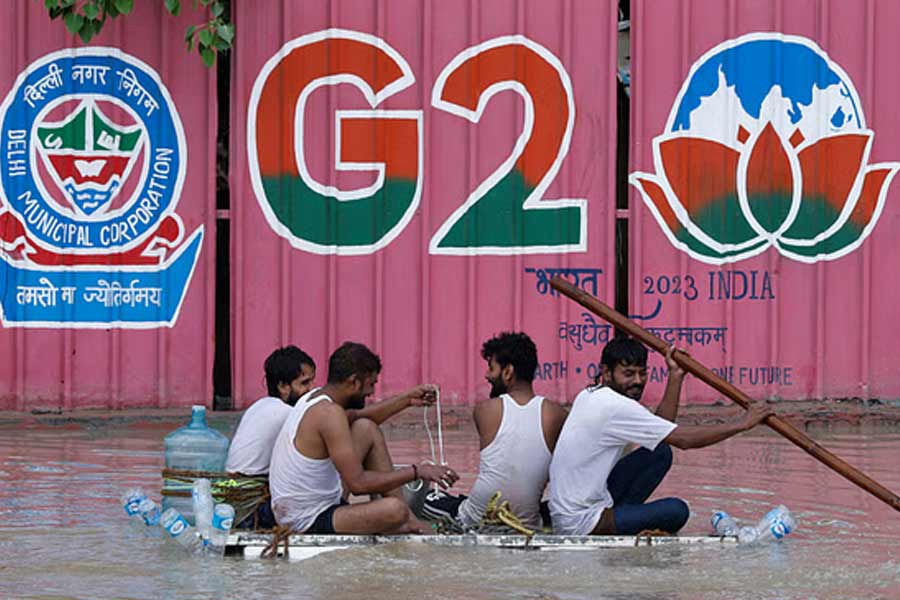Intense monsoon triggers landslides and floods across Asia
More than 100 die in July

Published :
Updated :

More than 100 people have died across Asia in July as an intense monsoon season triggered landslides and flash floods across the region.
Weather-related incidents have affected several countries, including India, China and Japan, forcing hundreds of thousands of people to evacuate in the last two weeks, reports bdnews24.com citing BBC.
In northern India, authorities say almost 100 people died in the past fortnight due to landslides, flash floods, and property collapses.
New Delhi officials were racing to open some jammed flood gates at a barrage on the swollen Yamuna River on Friday to help drain out floodwater that has brought traffic to a standstill in parts of India's capital and swamped historical monuments, Reuters reported.
Delhi has recorded rainfall 91% above-normal this monsoon season that began Jun 1. It has received 309 mm of rainfall so far in July, which is the third highest for the month for at least 12 years, according to the India Meteorological Department.
Unusually heavy rains have also killed several people and damaged infrastructure across China.
On Friday, officials in the Philippines warned of a tropical cyclone while South Korea was on high alert as a storm battered the capital Seoul.
Earlier this week, Japan also reported record-breaking floods on the island of Kyushu in which at least eight people, including a local politician, died. Many are still missing.
"It's raining like never before," a spokesman for Japan's meteorological agency said, as cities around the country logged record amounts of rain. Japanese authorities had earlier in the week evacuated more than 420,000 residents from two prefectures in Kyushu island.
The World Meteorological Organization's director of hydrology, water and cryosphere said developed countries such as Japan were "extremely alert, and they're also very well prepared when it comes to flood management measures".
"But many low-income countries have no warnings in place, hardly any flood defence structures and no integrated flood management," Stefan Uhlenbrook added in his statement on Thursday.
Temperatures are expected to soar across large parts of the world after the El Nino weather pattern emerged in the tropical Pacific for the first time in seven years, the World Meteorological Organization said.
The phenomenon occurs on average every two to seven years and can last nine to 12 months, according to the WMO.
It is typically associated with increased rainfall in parts of southern South America, the southern United States, the Horn of Africa and Central Asia.
In the past, it has caused severe droughts in Australia, Indonesia, parts of southern Asia, Central America and northern South America.


 For all latest news, follow The Financial Express Google News channel.
For all latest news, follow The Financial Express Google News channel.